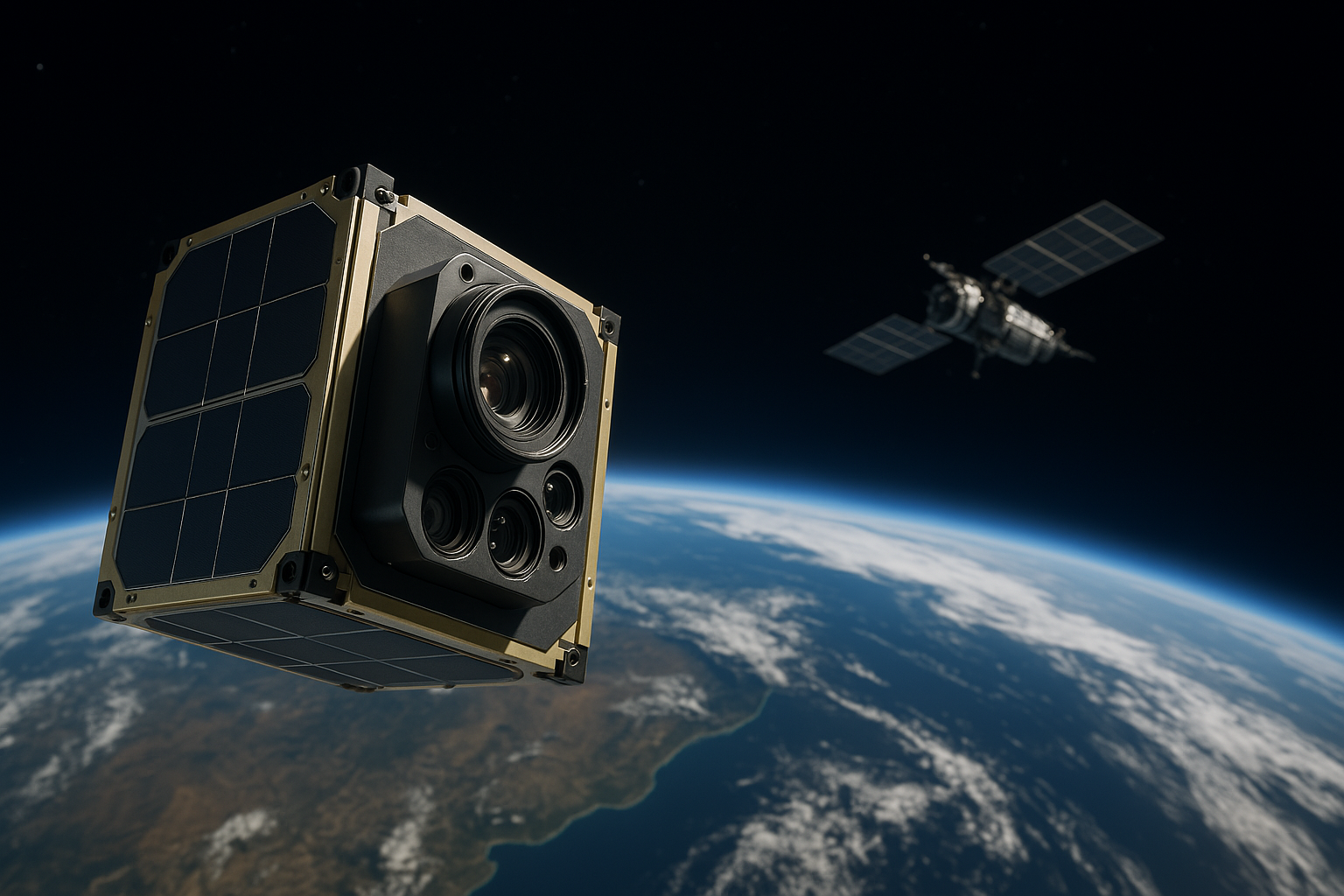System Overview
Orbital Eyes is a CubeSat-scale autonomy stack that enables fully autonomous visual tracking, proximity operations, and onboard execution without persistent uplink. Designed for contested or comms-limited environments, it performs inspection, characterisation, or close approach based on local sensor input and uploaded targeting data.

Targeting Loop
The Orbital Eyes system executes a full targeting and approach loop using a combination of edge data processing and user provided target information. Starting with orbital phasing, the system detects target systems at subpixel resolutions as defined by the user optical payloads, locks on, and approaches the target autonomously using an advantage set of reinforcement trained decision engine systems, concluding with either observation, effect delivery, or docking depending on mission configuration.

Key Capabilities
Detects 1 m² targets from up to 20 km with just a 10cm lens (optics dependent)
Performs subpixel tracking and pose estimation
Plans and executes RPO sequences onboard
Outputs discrete pointing and thrust commands
Complies with uploaded safety and exclusion parameters
Product Configurations

OE-Core
Software-only licence for onboard integration.

OE+
2.2U integrated payload with optics and compute.

OE+ Secure
Defence-grade version with additional edge encryption capabilities.
Register Your Interest
Interested?
To request technical docs, explore integration, or attend our 2025 launch event click here:
Register Interest
